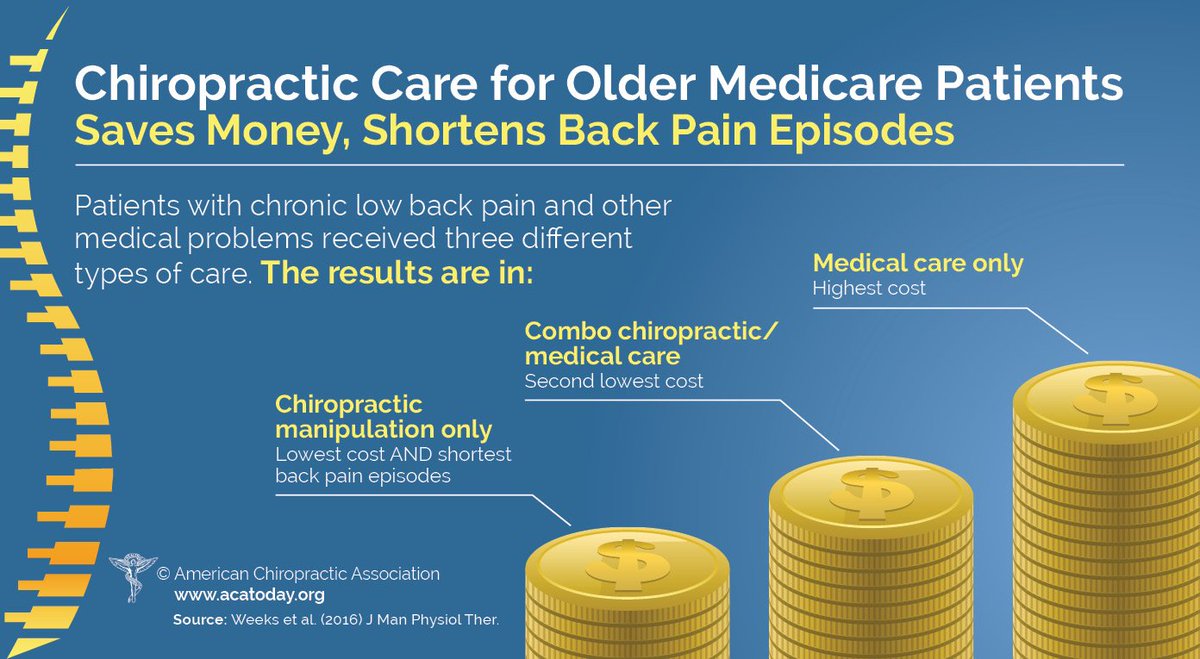The Science Behind Cold Laser Therapy: Comprehending Its Devices And Impacts
The Science Behind Cold Laser Therapy: Comprehending Its Devices And Impacts
Blog Article
Material By-Benson Roman
You may have heard of cold laser therapy as an encouraging therapy alternative for various conditions, however have you ever wondered just how it actually services a cellular degree? Comprehending the mechanisms behind this therapy can clarify its performance in promoting healing and decreasing inflammation. By checking out the scientific research behind cold laser treatment, you'll acquire insights right into the remarkable methods which light can influence mobile procedures and help with tissue fixing.
Just How Cold Laser Treatment Functions
To comprehend just how cold laser therapy works, you require to understand the fundamental principles of exactly how light energy engages with biological tissues. Cold laser therapy, also known as low-level laser therapy (LLLT), uses details wavelengths of light to penetrate the skin and target underlying tissues. Unlike the intense lasers made use of in surgeries, cold lasers give off reduced degrees of light that do not produce heat or create damages to the tissues.
When these mild light waves get to the cells, they're taken in by components called chromophores, such as cytochrome c oxidase in mitochondria. This absorption triggers a collection of biological reactions, including increased mobile power production and the launch of nitric oxide, which enhances blood circulation and decreases swelling.
In addition, the light energy can additionally stimulate the production of adenosine triphosphate (ATP), the power money of cells, aiding in mobile repair and regrowth procedures.
Essentially, cold laser therapy takes advantage of the power of light power to advertise healing and alleviate discomfort in a non-invasive and mild manner.
Systems of Action
Exactly how does cold laser treatment really function to generate its therapeutic effects on organic cells?
Cold laser therapy, additionally called low-level laser treatment (LLLT), runs through a process known as photobiomodulation. When the cold laser is applied to the skin, the light power passes through the tissues and is taken in by chromophores within the cells.
https://www.palmbeachpost.com/story/lifestyle/2022/02/15/boomer-health-study-most-effective-hair-loss-remedies/6694454001/ , such as cytochrome c oxidase in the mitochondria, are after that promoted by the light power, causing a cascade of biological responses. One vital system of activity is the improvement of cellular metabolic process.
The absorbed light energy enhances ATP manufacturing in the mitochondria, which is important for mobile feature and fixing. Additionally, cold laser therapy assists to lower swelling by hindering inflammatory mediators and promoting the release of anti-inflammatory cytokines.
This anti-inflammatory effect adds to pain alleviation and cells healing.
Restorative Effects
Comprehending the therapeutic results of cold laser treatment includes acknowledging how the improved mobile metabolic process and anti-inflammatory properties add to its positive end results on organic tissues.
When the cold laser is put on the afflicted area, it promotes the mitochondria within the cells, leading to enhanced manufacturing of adenosine triphosphate (ATP), which is critical for mobile feature and repair service. This increase in mobile power increases the recovery procedure by promoting cells regrowth and lowering inflammation.
Moreover, the anti-inflammatory residential or commercial properties of cold laser therapy assistance to reduce pain and swelling in the targeted location. By preventing inflammatory moderators and advertising the release of anti-inflammatory cytokines, cold laser treatment help in reducing discomfort and improving the total recovery action.
laser to quit smoking near me in swelling not only offers instant relief but additionally supports lasting tissue repair service.
Final thought
In conclusion, cold laser treatment functions by boosting mobile repair work and cells regeneration via photobiomodulation. Its anti-inflammatory homes offer pain relief and lower swelling by inhibiting inflammatory moderators.
This therapy provides a thorough strategy to healing, providing both instant alleviation and long-term tissue repair benefits.
Through its systems of activity, cold laser therapy verifies to be an efficient and encouraging treatment alternative for a range of conditions.
